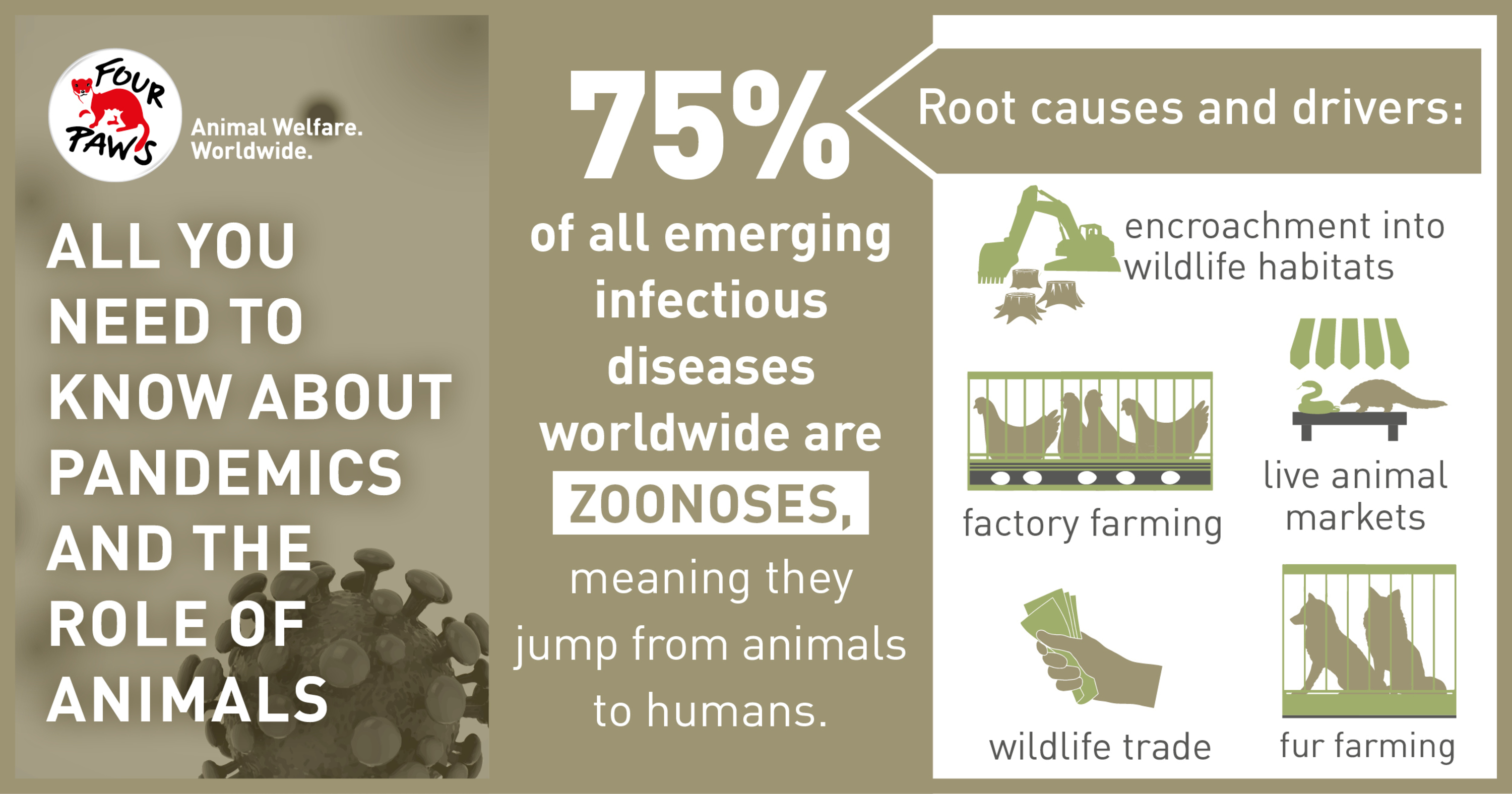
Human, Animal & Planetary Health
Developing the international pandemic instrument
In December of 2021, the WHO created an intergovernmental negotiating body (INB) tasked with drafting and negotiating a framework, agreement or another international instrument on pandemic prevention, preparedness and response that will then be adopted under the WHO Convention.
But what does that mean for the future of pandemics?
Several WHO member states, representing the geographical diversity of the organisation, were selected as members of that INB. Brazil, Japan, Thailand, South Africa, The Netherlands and Egypt met on the 24th of February, kickstarting the negotiation process.
They are expected to have a first working draft of the pandemic instrument before August 1st 2022, should have made significant progress by the 76th World Health Assembly (WHA) in 2023 and submit the final version for consideration at the 77th WHA in 2024.
The final pandemic instrument should have a significant impact on the way that we treat infectious disease risks for the years to come. It is therefore of uttermost importance, that it not only focuses on pathogen surveillance but instead brings forward measures to tackle the root causes of pathogen emergence and spillovers: The human-animal-nature relationship!
With three-quarters of all newly emerging infectious diseases being zoonotic (meaning that they originated in animals), it seems obvious that this risk should be prioritised when addressing the risk of future pandemics! Sars-CoV-2, MERS, Ebola and HIV all originated from animal sources, and they caused countless deaths across the globe. Evidence-based research has confirmed, that ecosystem degradation, biodiversity loss, habitat destruction and the exploitation of animals play a significant role in the emergence of new infectious diseases.
The implications of this are crystal clear: If we want to effectively protect humans, we must protect animals!
A pandemic treaty that effectively secures public health needs to prioritise measures that actually prevent zoonotic pathogens from emerging, mutating and spilling over to humans. But what are the most efficient measures of prevention?
Prevention measures should align with the new One Health Definition, which was revised by the One Health High Level Expert Panel in 2021. It recognises that the health and well-being of humans, domestic and wild animals, plants and the wider environment are closely linked and interconnected. With this in mind, specific risk factors must be addressed.
Banning the wildlife trade would limit the interactions between wild animals and humans, reducing the risk of disease transfer. Intensive animal farming currently creates an ideal disease breeding ground, where thousands of animals are kept in close proximity and in keeping conditions that negatively impact their health and well-being. Intensive animal farming is also one of the main drivers of global deforestation, which promotes habitat loss, fragmentation and biodiversity loss and accelerates the climate crisis, all risk factors for pathogen spillover.
As FOUR PAWS, we, together with other civil society organisations, strongly urge the members of the INB to put real prevention at the heart of their pandemic prevention instrument. It is high time that global leaders acknowledge the connection between humans, animals and the environment and adopt a holistic approach to disease prevention. To protect public health, we must protect the health and well-being of animals.


